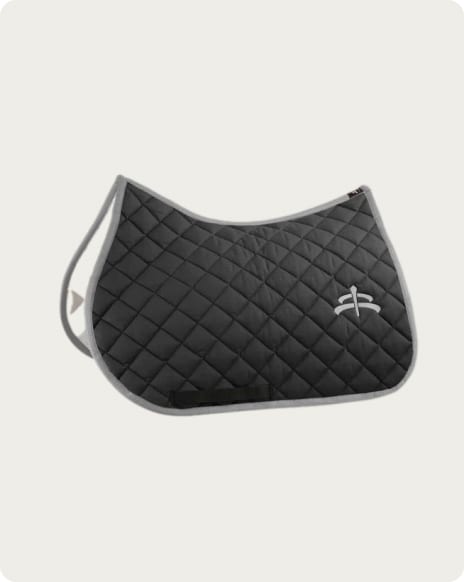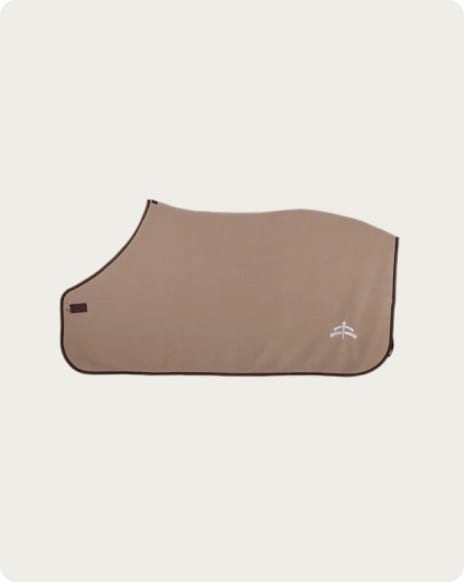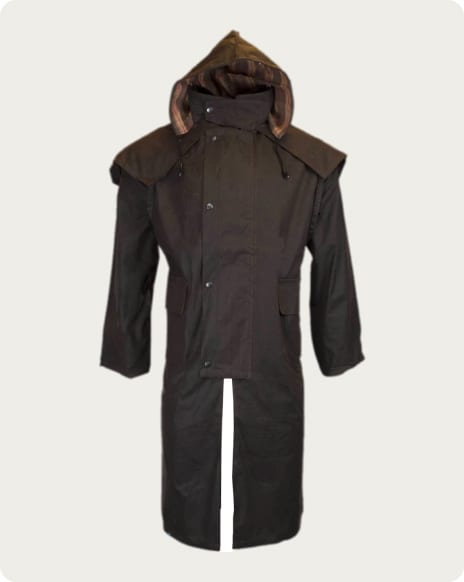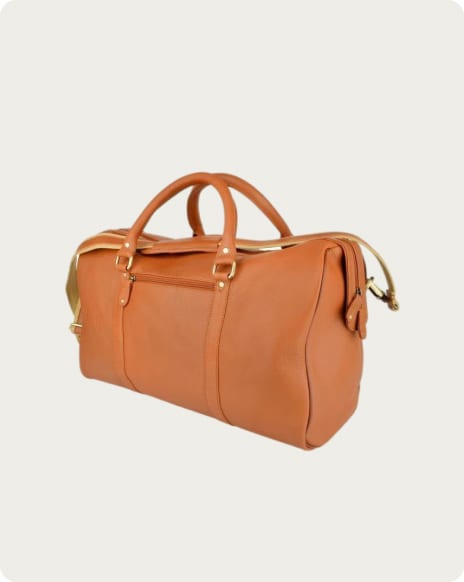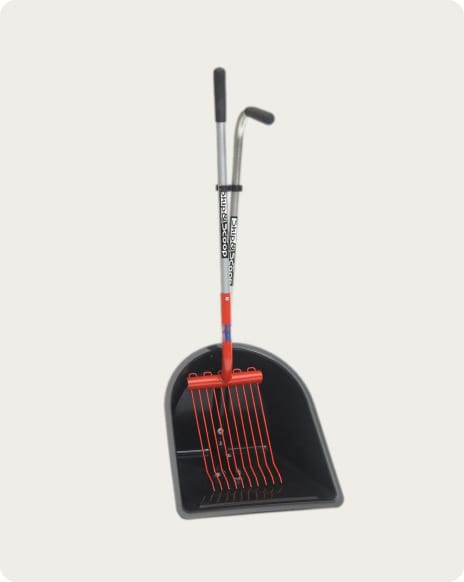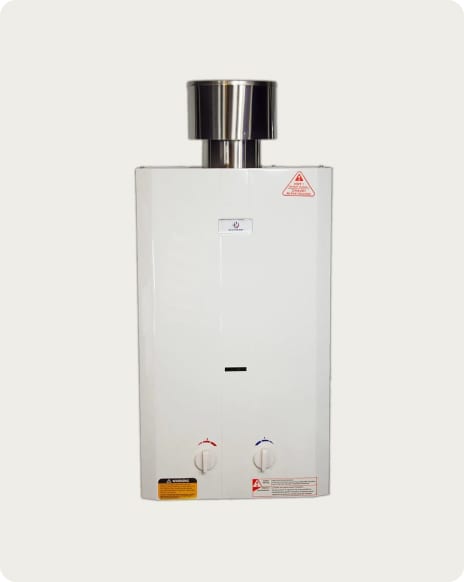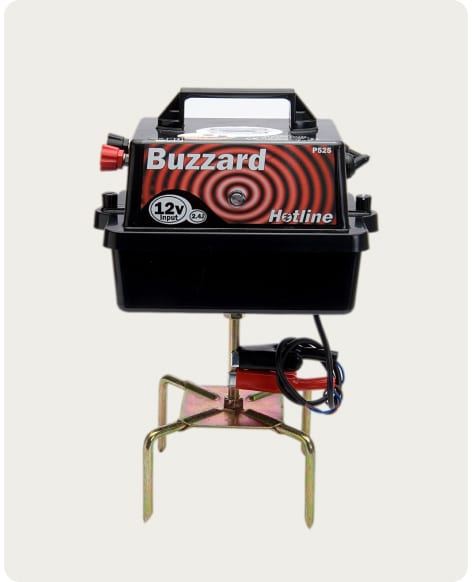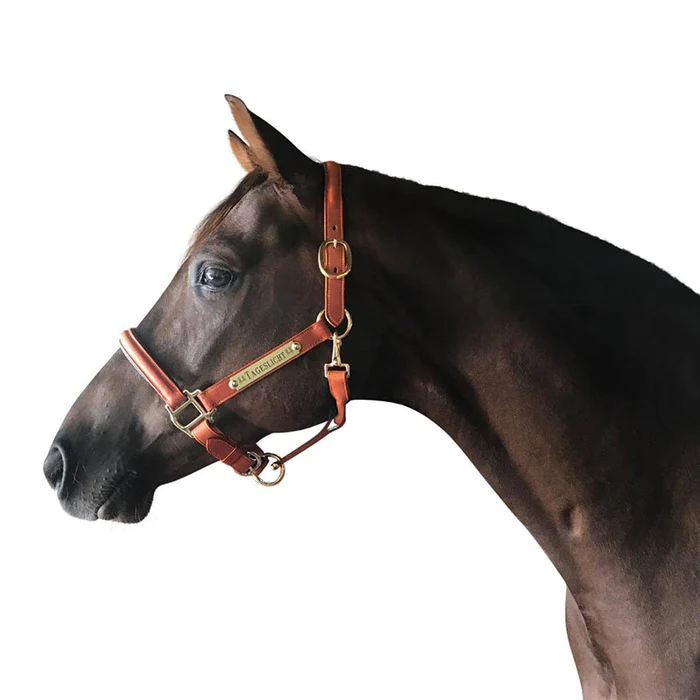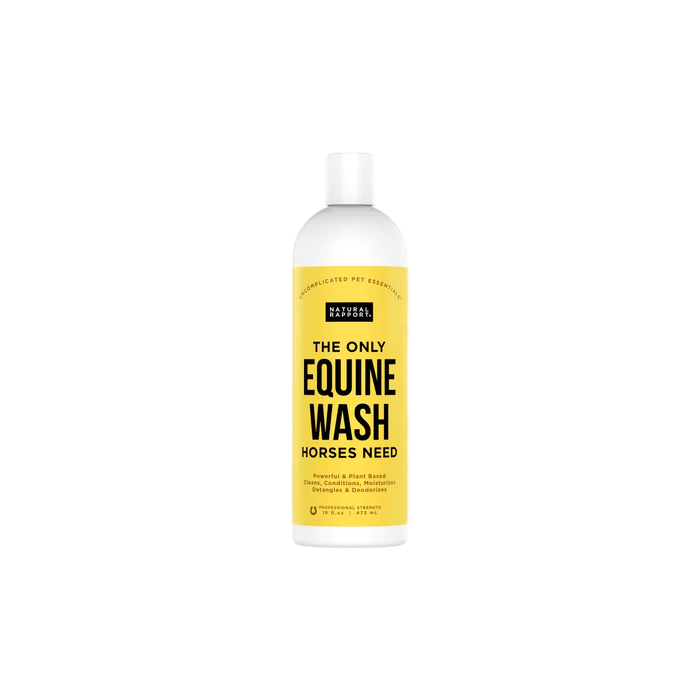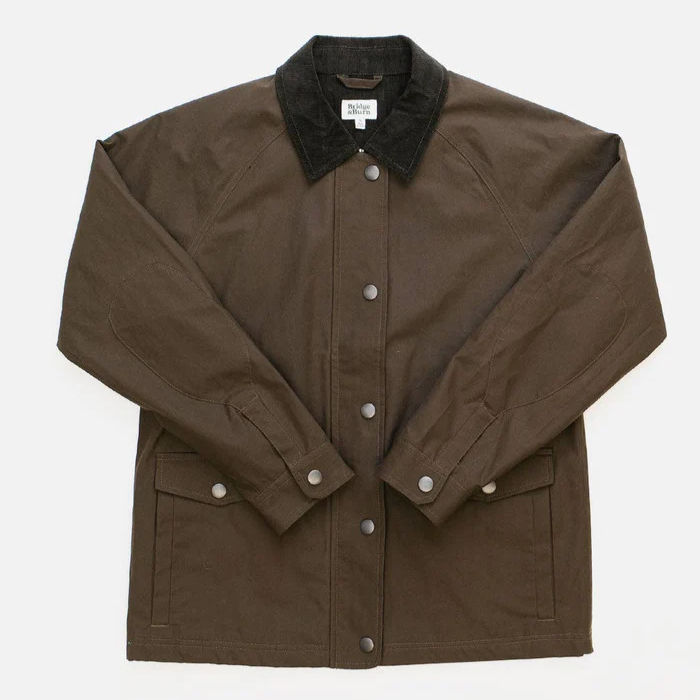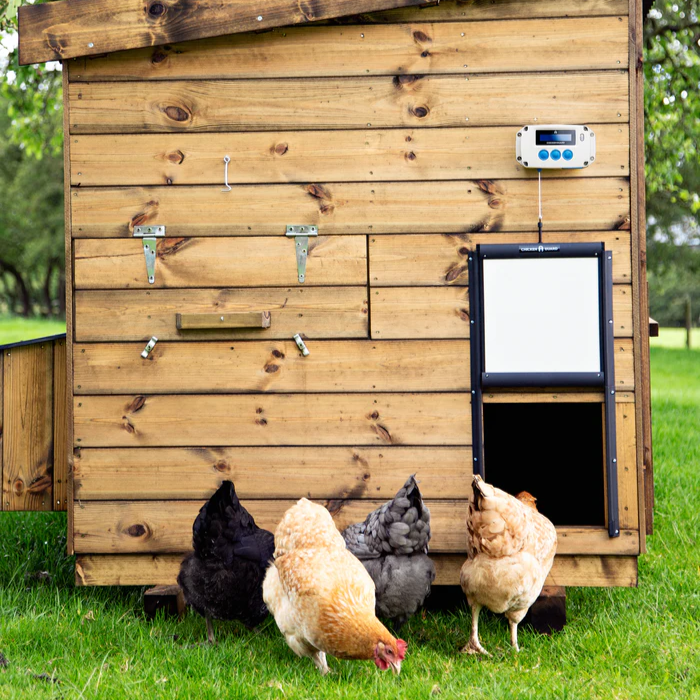If you‘re just heading into the fun and exciting world of electric fencing to protect your farm animals, there is a lot of information to sift through.
From the different types of battery used to power up the fences to the various ways that a fence can be energised, you have a lot of different options to choose from for your fencing systems.
A 12v electric fence energiser battery is one of the best battery options on the market and is powered by either a leisure battery or car battery. A leisure battery and car battery are both rechargeable which makes them better in the long run, giving you more for your money. If you think, though, that you can just swap your car battery into the fencing, think again - because leisure batteries hold their charge longer than car batteries.
There are many different options out there for energisers, like solar powered, mains powered, and battery powered, so it is essential to understand what your specific needs are before you buy.
It is important to know the number, distance, and details of the electric fence posts you want to electrify. The longer the fence is, the more powerful energiser you will need.
Hotline is a trusted UK supplier and can help guide you to make the right selection for your needs. For ease and convenience, you can buy it online today.
When you are in an inaccessible area to a mains power source, battery-powered energisers are the way to go. They come in a selection of models including 6-volt or 9-volt units (disposable batteries), 12-volt units (rechargeable batteries—what we‘re talking about here today), and solar-powered battery units (built-in solar panel prolongs battery life for a longer period of time).
Along with all the advantages of using battery-powered electric fence energisers, there come some disadvantages.
Battery Energisers are not recommended if you‘ve got to use them with long-distance fences since it cannot generate enough output energy power to reach all the way around.
They are also less reliable than mains powered or solar powered chargers since the battery life continually depletes itself.
Battery powered electric energises also require more maintenance as batteries need to be replaced or recharged on a continual basis.
The 6-volt and 9-volt disposable batteries can be a running cost, while 12-volt units need backups so that when you are recharging one unit you still have another unit to keep your fence electrified and your animals securely enclosed.
D-Cell battery-powered energisers are great for enclosing smaller distances. Gardens, ponds, and strip-grazing up to 400 metres make this the perfect option.
6 or 9-volt battery powered energisers are compact and easy to transport. They are lightweight and normally housed within the energiser. Although these are disposable batteries and not rechargeable batteries they still hold an excellent charge life.
12-volt battery powered energisers are going to be your most powerful option of the three. These batteries are conveniently rechargeable, so you won't have to continuously buy more.
Although you need to have at least one replacement when you‘re charging in order to keep your fence constantly electrified, they‘re still worth the extra expense. 12-volt batteries are powered by either leisure or car batteries.
However, most farmers tend to lean more towards leisure batteries than towards car batteries because they allow for more time between charges. That‘s because car batteries are designed to release power in short, quick bursts whereas leisure or agricultural batteries release power slowly and have a lengthier surge. To give you an estimation of time, leisure batteries should last approximately four to six weeks in between charges.
From the different types of battery used to power up the fences to the various ways that a fence can be energised, you have a lot of different options to choose from for your fencing systems.
A 12v electric fence energiser battery is one of the best battery options on the market and is powered by either a leisure battery or car battery. A leisure battery and car battery are both rechargeable which makes them better in the long run, giving you more for your money. If you think, though, that you can just swap your car battery into the fencing, think again - because leisure batteries hold their charge longer than car batteries.
There are many different options out there for energisers, like solar powered, mains powered, and battery powered, so it is essential to understand what your specific needs are before you buy.
It is important to know the number, distance, and details of the electric fence posts you want to electrify. The longer the fence is, the more powerful energiser you will need.
Hotline is a trusted UK supplier and can help guide you to make the right selection for your needs. For ease and convenience, you can buy it online today.
Pros & Cons of Battery Powered Electric Fence Energisers
Battery powered electric fence energisers are ideal for mobile fences or netting systems, semi-permanent fences, and for electrifying a smaller area of fencing. They not only allow for greater flexibility by being portable but they are also user-friendly and convenient to set up, giving a farmer one less thing to worry about.When you are in an inaccessible area to a mains power source, battery-powered energisers are the way to go. They come in a selection of models including 6-volt or 9-volt units (disposable batteries), 12-volt units (rechargeable batteries—what we‘re talking about here today), and solar-powered battery units (built-in solar panel prolongs battery life for a longer period of time).
Along with all the advantages of using battery-powered electric fence energisers, there come some disadvantages.
Battery Energisers are not recommended if you‘ve got to use them with long-distance fences since it cannot generate enough output energy power to reach all the way around.
They are also less reliable than mains powered or solar powered chargers since the battery life continually depletes itself.
Battery powered electric energises also require more maintenance as batteries need to be replaced or recharged on a continual basis.
The 6-volt and 9-volt disposable batteries can be a running cost, while 12-volt units need backups so that when you are recharging one unit you still have another unit to keep your fence electrified and your animals securely enclosed.
Types of Battery Powered Energisers
At times, mains power energisers are not always available, and you need to find another source of power to electrify your fence. This is where battery-powered energisers come in handy. They are extremely easy to use and portable which makes them a great alternative option to the mains power energisers.D-Cell battery-powered energisers are great for enclosing smaller distances. Gardens, ponds, and strip-grazing up to 400 metres make this the perfect option.
6 or 9-volt battery powered energisers are compact and easy to transport. They are lightweight and normally housed within the energiser. Although these are disposable batteries and not rechargeable batteries they still hold an excellent charge life.
12-volt battery powered energisers are going to be your most powerful option of the three. These batteries are conveniently rechargeable, so you won't have to continuously buy more.
Although you need to have at least one replacement when you‘re charging in order to keep your fence constantly electrified, they‘re still worth the extra expense. 12-volt batteries are powered by either leisure or car batteries.
However, most farmers tend to lean more towards leisure batteries than towards car batteries because they allow for more time between charges. That‘s because car batteries are designed to release power in short, quick bursts whereas leisure or agricultural batteries release power slowly and have a lengthier surge. To give you an estimation of time, leisure batteries should last approximately four to six weeks in between charges.




